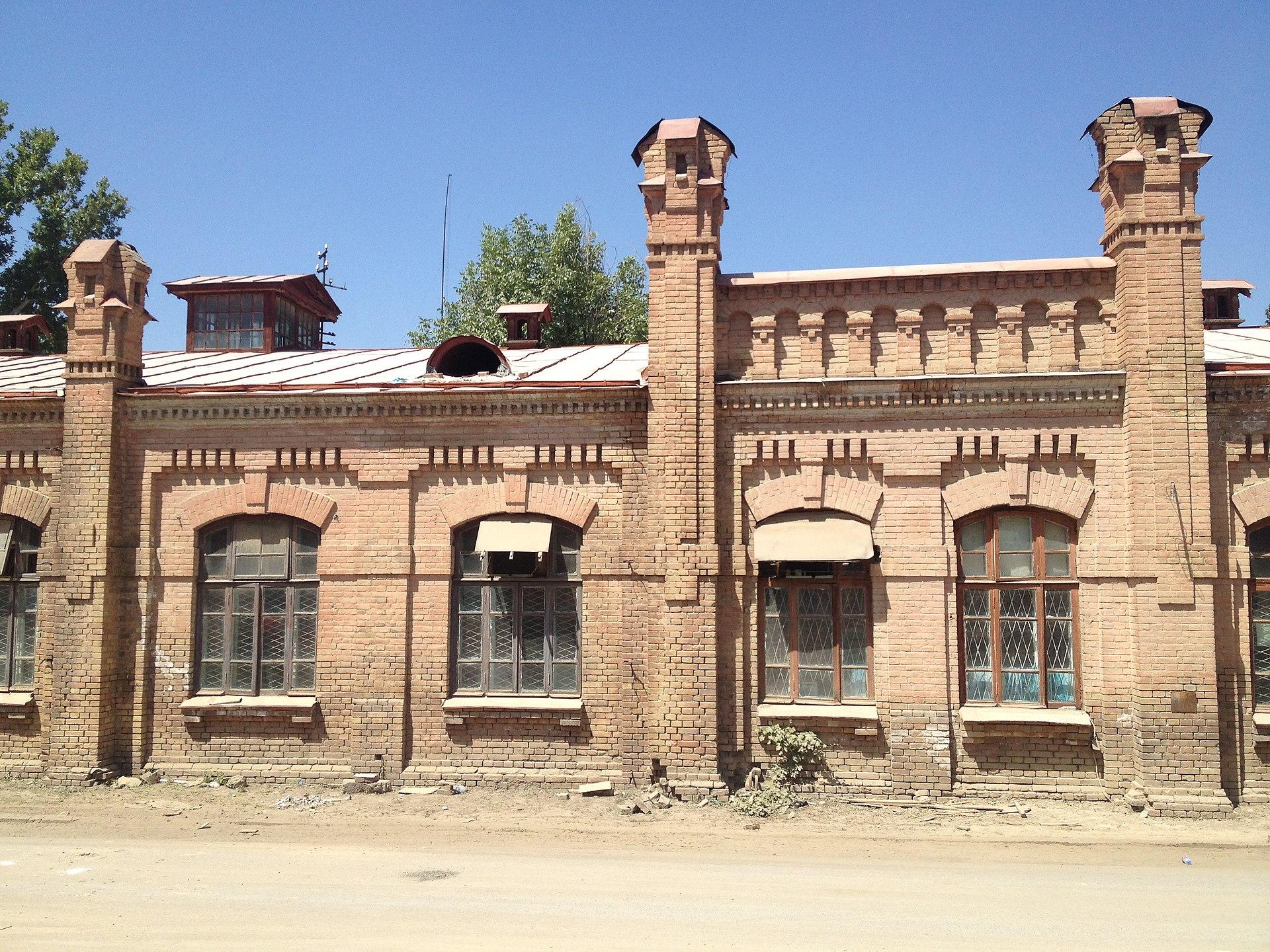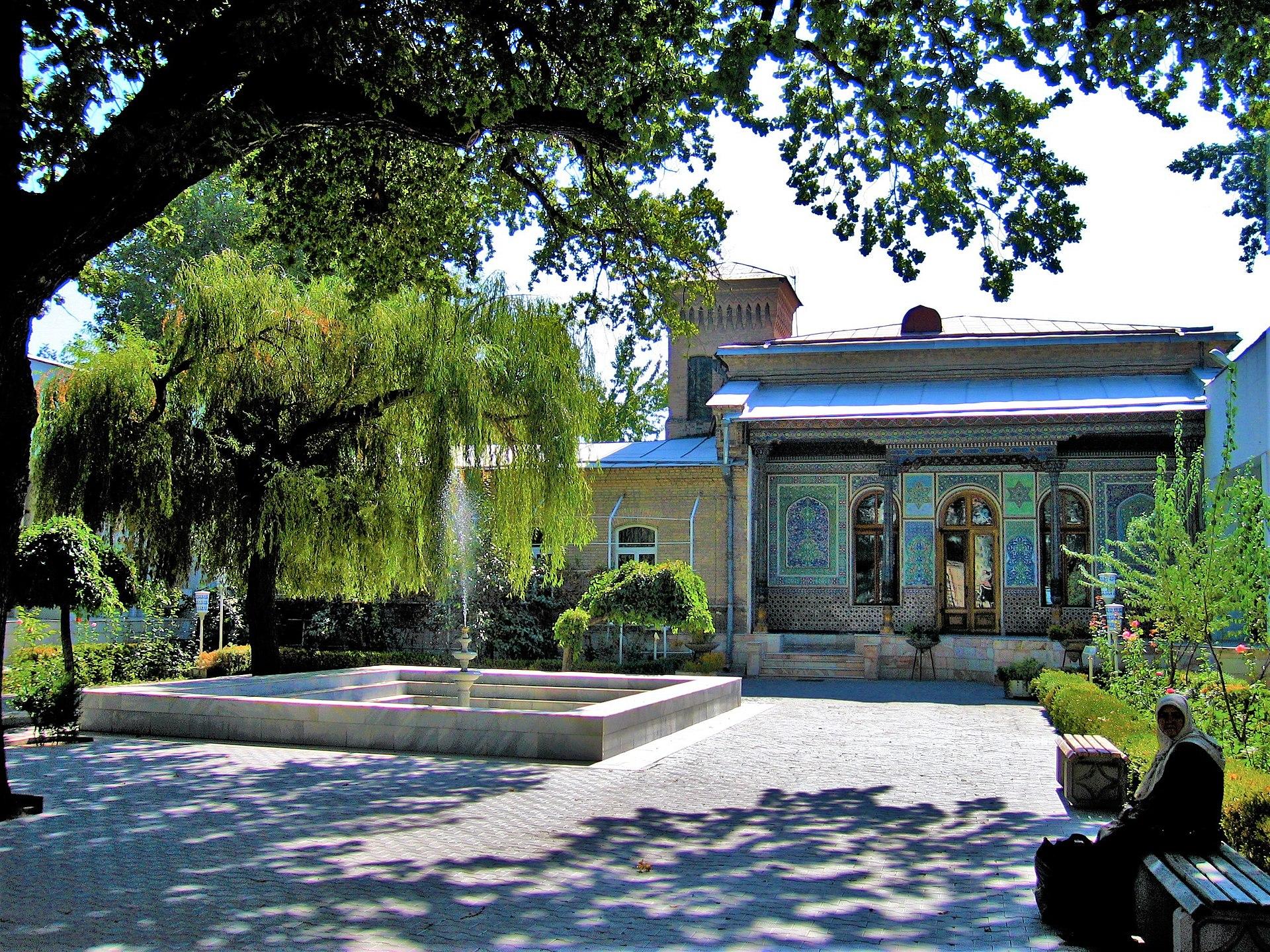
The architectural complex "Marifat Markazi"
(Center of Enlightenment), built on Navoi Street for the 20th anniversary of
independence (2011), is one of Tashkent's most famous buildings, combining the
International Symposium Center and the Alisher Navoi National Library.
The building's design is characteristic of the so-called "Eastern Empire" style—a massive white structure with an obligatory dome and columns, blue-tinted windows, and a pseudo-granite base. The project was developed by architects from the "Tashgiprogor" institute under the order of the Uzbek Agency for Communications and Informatization, now the Ministry of Digital Technologies.
The new complex impresses with its grandeur: its facade is adorned with national ornaments symbolizing Uzbekistan's ancient traditions. It houses manuscripts, rare books, documents, and a rich collection of publications in Uzbek, Russian, Arabic, Persian, and other languages.
In 2012, the new library, which traces its history back to 1870, opened its doors to readers. The library’s collection consists of approximately 10 million items. It offers several reading rooms, event halls, an atrium for exhibitions, and various activities. The International Symposium Center is rarely used, with significant meetings held in other city venues.
The library actively integrates digital technologies, making many resources available online. Special attention is drawn to a unique zone dedicated to the great poet and thinker Alisher Navoi, whose name the library has borne since 1947. In this section, visitors can not only explore his works but also view rare editions related to Navoi’s era.
Beyond its traditional role as a repository of knowledge, the library is a popular cultural center. It hosts exhibitions, lectures, meetings with writers, and other events, making it a significant destination for tourists and locals alike.
Visiting the National Library of Uzbekistan, you can not only immerse yourself in an atmosphere of tranquility and intellectual pursuit but also connect with the country’s rich cultural heritage. This place inspires and leaves lasting impressions in the heart of every visitor.

At the end of the 19th century, two orphanages operated in Tashkent — the Alexandrovsky and the Kau...
The three turquoise domes next to the Kukeldash Madrasah are visible from afar and define the lands...
In the mid-19th century, a wealthy Tatar entrepreneur named Sharafbay (Sharafiddin Bay) built a mos...

One of the most amazing and educational places in Tashkent is the State Museum of Applied Arts and ...